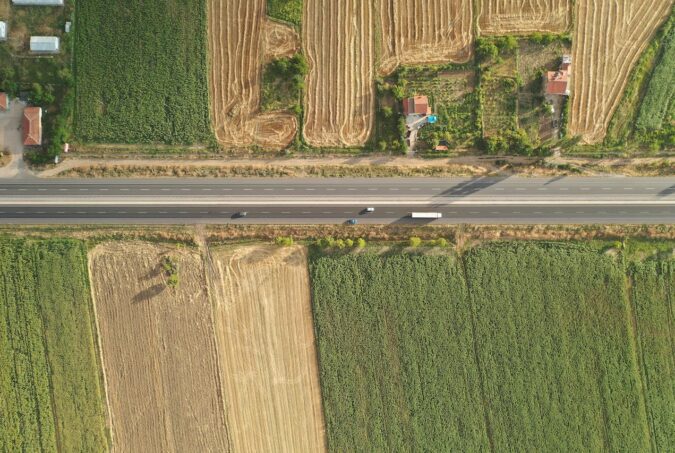Reposted from The Conversation. Despite the British government’s boasts of the steady roll-out of superfast broadband to more than four out of five homes and businesses, you needn’t be a statistician to realise that this means one out of five are still unconnected. In fact, the recent story about a farmer who was so incensed by his slow broadband that he built his own 4G mast in a field to replace it shows that for much of the country, little has improved. The government’s Broadband Delivery UK (BDUK) programme claims that it will provide internet access of at least 24 Mbps (megabits per second) to 95% of the country by 2017 through fibre to the cabinet, where fast fibre optic networks connect BT’s exchanges to street cabinets dotted around towns and villages. The final connection to the home comes via traditional (slower) copper cables. Those in rural communities are understandably sceptical of the government’s “huge achievement”, arguing that only a fraction of the properties included in the government’s running total can achieve reasonable broadband speeds, as signals drop off quickly with distance from BT’s street cabinets. Millions of people are still struggling to achieve even basic broadband, and not necessarily just in the remote countryside, but in urban areas such as Redditch, Lancaster and even Pimlico in central London. Four problems to solve This cabinet is a problem, not a solution. mikecattell, CC BY Our research found four recurring problems: connection speeds, latency, contention ratios, and reliability. Getting high-speed ADSL broadband delivered over existing copper cables is not possible in many areas, as the distance from the exchange or the street cabinet is so far that the broadband signal degrades and speeds drop. Minimum speed requirements are rising as the volume of data we use increases, so such slow connections will become more and more frustrating. But speed is not the only limiting factor. Network delay, known as latency, can be as frustrating as it forces the user to wait for…
Satellites, microwaves, radio towers – how many more options must be tried before the government just shells out for fibre to the home?



